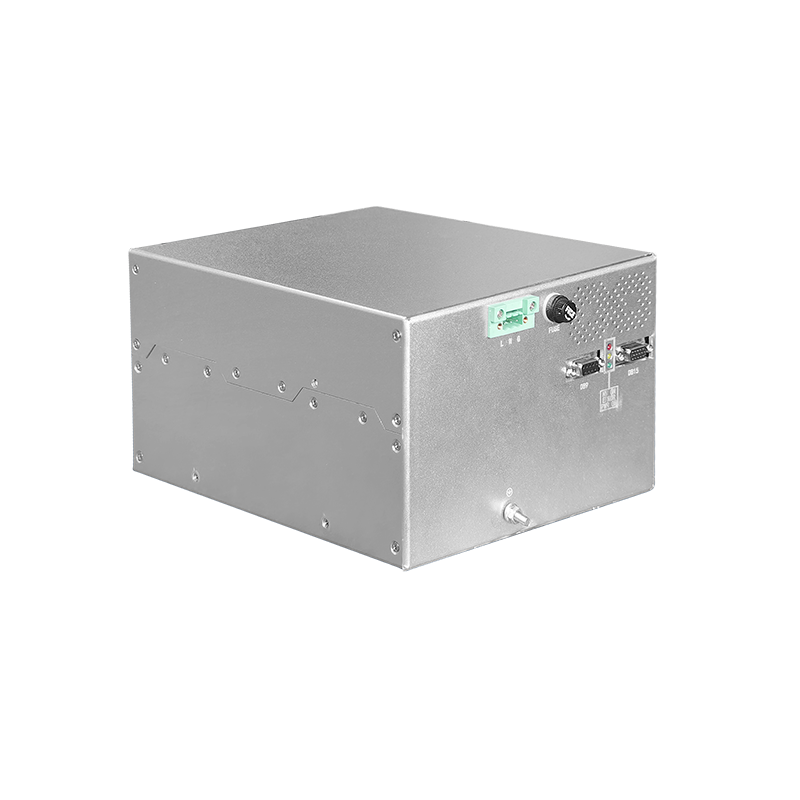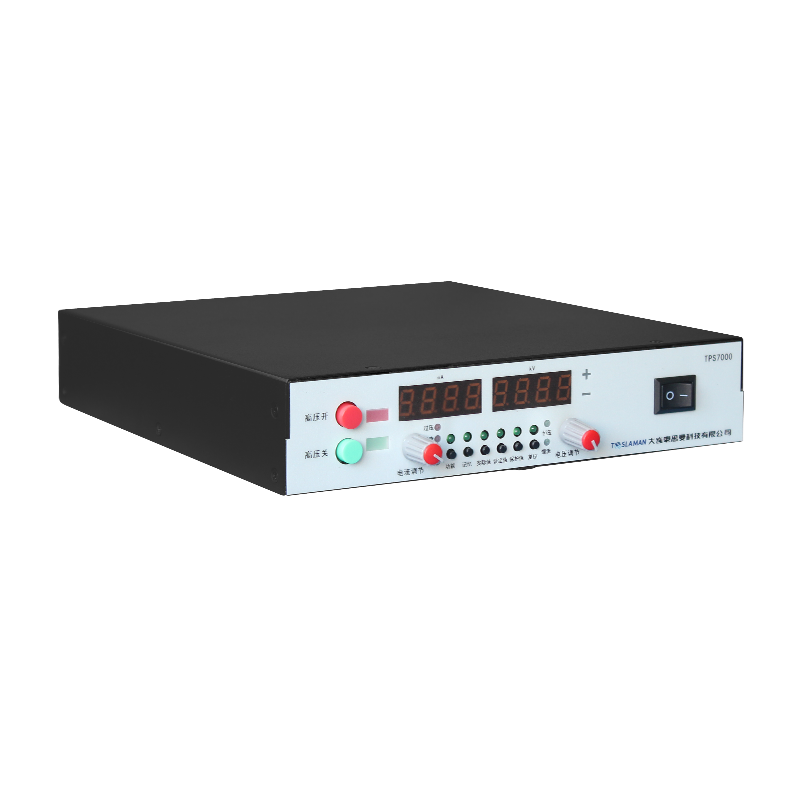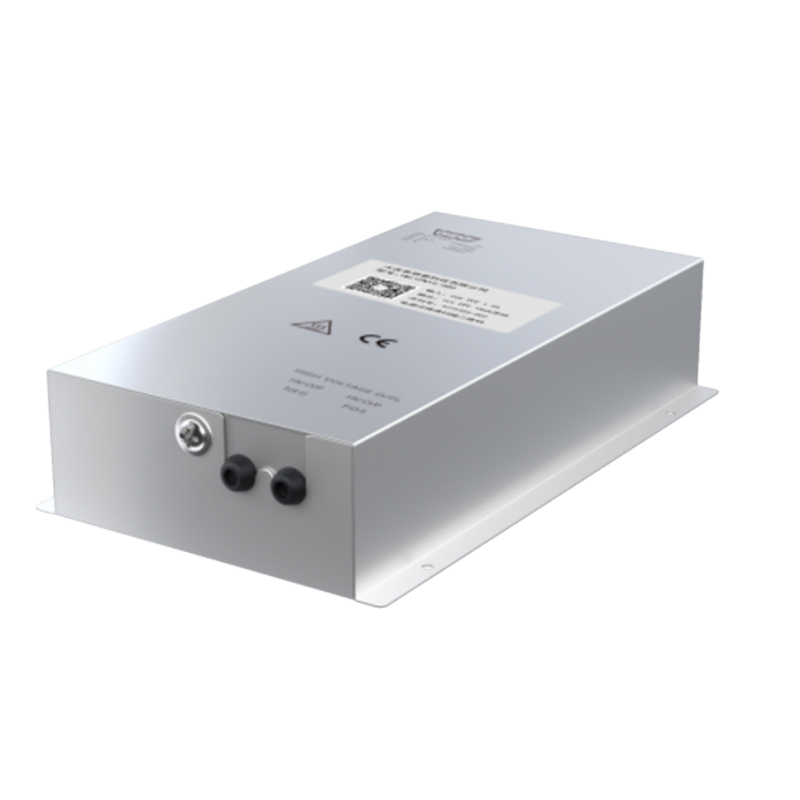Energy Storage Technology for High Voltage Power Supply in Superconducting Magnets
Superconducting magnets are magnets that can conduct current without resistance. They are widely used in medical imaging, nuclear magnetic resonance, magnetic levitation trains, and other fields. These magnets require high-intensity currents to generate strong magnetic fields, which need to be supplied through high voltage power supplies. Due to the high current density in superconducting magnets, high voltage power supplies must be able to respond quickly to avoid current loss. To address this issue, researchers have been seeking new energy storage technologies for high voltage power supplies to improve their efficiency and reliability.
One new energy storage technology for high voltage power supplies is capacitor energy storage technology. Capacitors can store a large amount of charge in a short period and can quickly release the charge to generate high voltage. As the current in superconducting magnets is alternating current, capacitor energy storage technology can effectively store and release charge to quickly respond to the current demand. Additionally, capacitors have the advantages of a long lifespan, high efficiency, and low cost, making them a popular energy storage technology for high voltage power supplies.
To implement capacitor energy storage technology in superconducting magnets, researchers need to address several key issues. Firstly, researchers need to design suitable capacitors to store the required amount of charge. Secondly, researchers need to design an efficient charge control system to ensure that capacitors can be quickly charged and discharged as needed. Finally, researchers need to design an appropriate circuit to control the flow of charge to ensure that the charge can be correctly allocated to the superconducting magnet.
In practice, researchers have begun to apply capacitor energy storage technology to supply the current demand of superconducting magnets. For example, in magnetic resonance imaging, researchers have successfully used capacitor energy storage technology to provide a powerful magnetic field. In this application, capacitors can store and release a large amount of charge in milliseconds to ensure that the current in the superconducting magnet does not lose control.
Another new energy storage technology for high voltage power supplies is battery energy storage technology. Batteries can store a large amount of charge for a longer period and can release the charge at a slower rate to generate high voltage. Although battery energy storage technology is slower, it has a higher energy density and longer storage time, making it another possible energy storage technology for high voltage power supplies.
However, there are still some challenges in using battery energy storage technology in superconducting magnets. Firstly, batteries must have a high energy density to meet the current demand of superconducting magnets. Secondly, batteries must have high efficiency to reduce energy loss. Finally, batteries must have a long lifespan to ensure reliability.
To address these challenges, researchers are developing new battery technologies to improve the energy density, efficiency, and lifespan of batteries. For example, lithium-ion batteries are widely used in mobile devices and electric vehicles because of their high energy density and long lifespan. Researchers are exploring the possibility of applying lithium-ion batteries to superconducting magnets and studying how to improve their efficiency and reliability.
In summary, energy storage technology for high voltage power supplies is a crucial part of superconducting magnet technology. Capacitor energy storage technology and battery energy storage technology have their own advantages and challenges, and researchers need to choose the most suitable technology based on specific application scenarios. With the continuous development and innovation of technology, energy storage technology for high voltage power supplies will continue to play an important role in supporting the development of superconducting magnet technology.




















